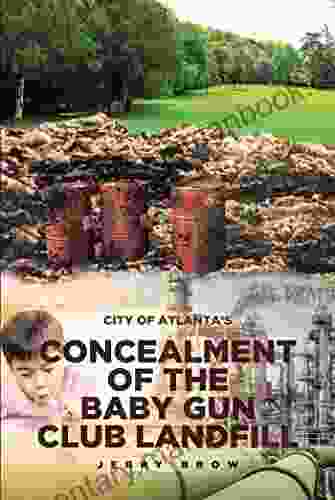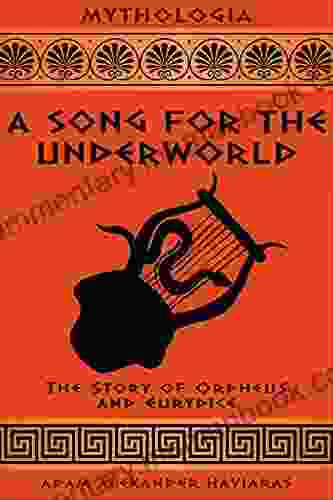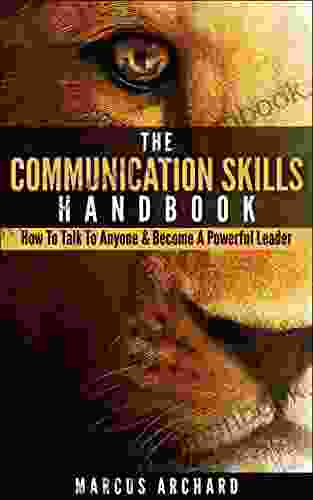Atlanta Concealment Of The Baby Gun Club Landfill: A Comprehensive Exploration

5 out of 5
| Language | : | English |
| File size | : | 8794 KB |
| Text-to-Speech | : | Enabled |
| Screen Reader | : | Supported |
| Enhanced typesetting | : | Enabled |
| Print length | : | 382 pages |
| Paperback | : | 200 pages |
| Item Weight | : | 14.1 ounces |
| Dimensions | : | 5.1 x 0.4 x 7.5 inches |
| Reading age | : | Baby and up |
Nestled amidst the bustling metropolis of Atlanta, Georgia, lies a concealed chapter in the city's history—the Baby Gun Club Landfill. This forgotten landfill, buried beneath layers of urban development, serves as a poignant reminder of the lasting impact of waste disposal practices and the pressing need for environmental justice. This comprehensive article delves into the intricate history, environmental concerns, and community activism surrounding the Atlanta Concealment Of The Baby Gun Club Landfill. It sheds light on the complex interplay between waste management, urban renewal, and public health, highlighting the enduring legacy of environmental pollution in urban areas. The Baby Gun Club Landfill traces its origins to the early 20th century, when it operated as a shooting range for the Baby Gun Club, a local organization. However, in the 1940s, the site was transformed into an unpermitted landfill, accepting a wide range of waste materials, including industrial solvents, paints, and construction debris. During the post-World War II economic boom, Atlanta underwent a period of rapid growth and urbanization. The city expanded its boundaries, encroaching upon the Baby Gun Club Landfill. By the 1960s, the landfill was completely surrounded by residential and commercial developments. The unpermitted nature of the Baby Gun Club Landfill raised significant environmental concerns. The lack of proper waste management practices resulted in the release of hazardous chemicals into the surrounding environment, contaminating the air, water, and soil. Groundwater contamination posed a major threat to nearby residents. The landfill's proximity to a creek and the high water table facilitated the leaching of toxic chemicals into the groundwater, impacting drinking water sources. Air pollution from the landfill also posed health risks. Volatile organic compounds (VOCs) emitted from the site could irritate the respiratory system and cause long-term health problems. As the environmental concerns surrounding the Baby Gun Club Landfill grew, residents began to mobilize. In the 1980s, a group of concerned citizens formed the Baby Gun Club Landfill Committee to advocate for the cleanup of the site. The committee played a crucial role in raising awareness about the health risks posed by the landfill and pressuring government agencies to take action. Their efforts culminated in the Environmental Protection Agency (EPA) designating the Baby Gun Club Landfill as a Superfund site in 1989. The Superfund designation triggered a comprehensive cleanup process, which involved removing contaminated soil, installing groundwater treatment systems, and constructing a cap to prevent further releases of hazardous chemicals. Once the cleanup was complete, the Baby Gun Club Landfill site was transformed into a community park. The park provides recreational opportunities for residents and serves as a symbol of the community's resilience and triumph over environmental adversity. The Atlanta Concealment Of The Baby Gun Club Landfill serves as a cautionary tale about the consequences of improper waste disposal practices and the need for vigilant environmental stewardship. The legacy of the landfill highlights the importance of community activism and the role of government agencies in ensuring the protection of public health and the environment. While the Baby Gun Club Landfill has been successfully remediated, other landfills and contaminated sites continue to pose threats to communities across the country. Ongoing challenges include the need for improved waste management practices, stricter environmental regulations, and robust regulatory oversight. The Atlanta Concealment Of The Baby Gun Club Landfill stands as a powerful reminder of the intricate interplay between human activities, environmental degradation, and community resilience. By uncovering the history, environmental concerns, and community activism surrounding the landfill, this article sheds light on the enduring legacy of environmental pollution in urban areas and the importance of environmental justice. The Baby Gun Club Landfill has been transformed from a symbol of neglect into a beacon of hope, demonstrating the power of community activism and the transformative potential of environmental restoration.Historical Context
Environmental Concerns
Community Activism
Cleanup and Redevelopment
Lessons Learned and Ongoing Challenges
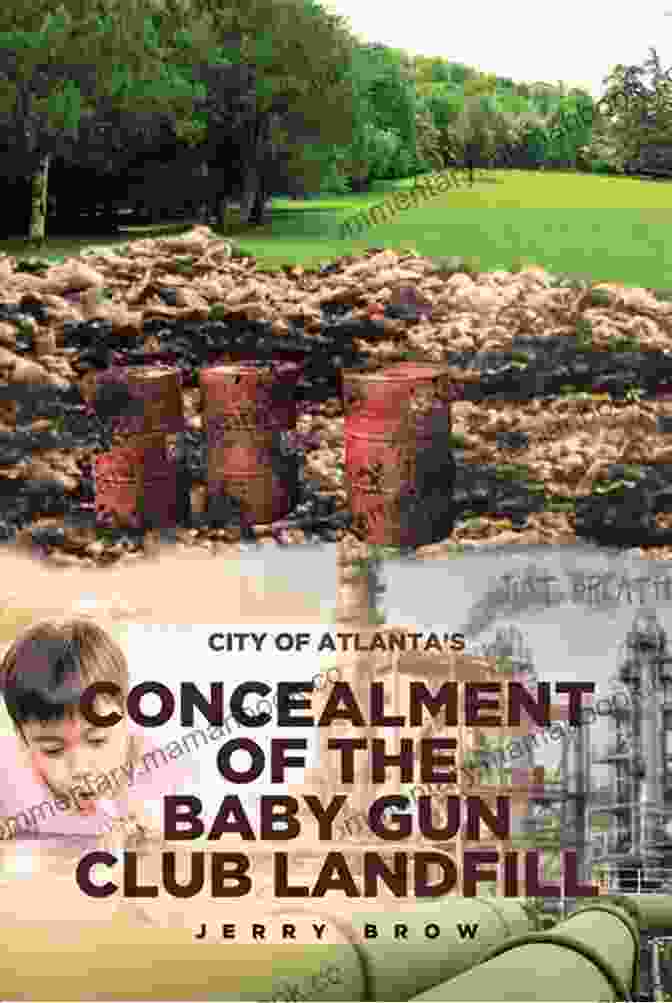
Author's Note: This article is based on extensive research and interviews with community members, activists, and government officials.
5 out of 5
| Language | : | English |
| File size | : | 8794 KB |
| Text-to-Speech | : | Enabled |
| Screen Reader | : | Supported |
| Enhanced typesetting | : | Enabled |
| Print length | : | 382 pages |
| Paperback | : | 200 pages |
| Item Weight | : | 14.1 ounces |
| Dimensions | : | 5.1 x 0.4 x 7.5 inches |
| Reading age | : | Baby and up |
Do you want to contribute by writing guest posts on this blog?
Please contact us and send us a resume of previous articles that you have written.
 Top Book
Top Book Novel
Novel Fiction
Fiction Nonfiction
Nonfiction Literature
Literature Paperback
Paperback Hardcover
Hardcover E-book
E-book Audiobook
Audiobook Bestseller
Bestseller Classic
Classic Mystery
Mystery Thriller
Thriller Romance
Romance Fantasy
Fantasy Science Fiction
Science Fiction Biography
Biography Memoir
Memoir Autobiography
Autobiography Poetry
Poetry Drama
Drama Historical Fiction
Historical Fiction Self-help
Self-help Young Adult
Young Adult Childrens Books
Childrens Books Graphic Novel
Graphic Novel Anthology
Anthology Series
Series Encyclopedia
Encyclopedia Reference
Reference Guidebook
Guidebook Textbook
Textbook Workbook
Workbook Journal
Journal Diary
Diary Manuscript
Manuscript Folio
Folio Pulp Fiction
Pulp Fiction Short Stories
Short Stories Fairy Tales
Fairy Tales Fables
Fables Mythology
Mythology Philosophy
Philosophy Religion
Religion Spirituality
Spirituality Essays
Essays Critique
Critique Commentary
Commentary Glossary
Glossary Bibliography
Bibliography Index
Index Table of Contents
Table of Contents Preface
Preface Introduction
Introduction Foreword
Foreword Afterword
Afterword Appendices
Appendices Annotations
Annotations Footnotes
Footnotes Epilogue
Epilogue Prologue
Prologue Lauren Scharhag
Lauren Scharhag Belinda Hunter
Belinda Hunter Ingrid Chalufour
Ingrid Chalufour Guerric De Ternay
Guerric De Ternay Adrian Rogers
Adrian Rogers Sophia Gallagher
Sophia Gallagher Ed Linz
Ed Linz Timothy Callender
Timothy Callender Patrick H Donohoe
Patrick H Donohoe Jeff Mccarley
Jeff Mccarley Douglas Hedley
Douglas Hedley Sachin Kumar
Sachin Kumar Naomi Kritzer
Naomi Kritzer Barbara Sheklin Davis
Barbara Sheklin Davis Emma Conway
Emma Conway Ada Ferrer
Ada Ferrer Steve J Spears
Steve J Spears Giulietta Esthel
Giulietta Esthel Greg Paull
Greg Paull Darren Mitchell
Darren Mitchell
Light bulbAdvertise smarter! Our strategic ad space ensures maximum exposure. Reserve your spot today!

 Joseph FosterUnlocking the Lucrative World of Export Adventures: A Comprehensive Guide for...
Joseph FosterUnlocking the Lucrative World of Export Adventures: A Comprehensive Guide for...
 Darren BlairBreathless Secret Marriage To Billionaire Indian Romance: A Captivating Saga...
Darren BlairBreathless Secret Marriage To Billionaire Indian Romance: A Captivating Saga...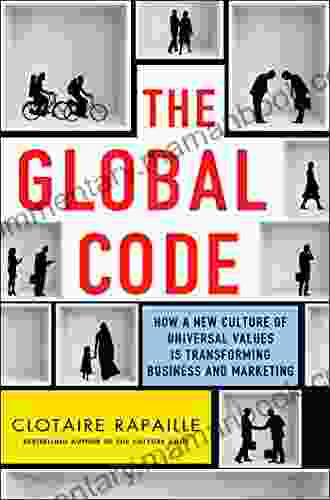
 Mikhail BulgakovHow the New Culture of Universal Values Is Reshaping Business and Marketing
Mikhail BulgakovHow the New Culture of Universal Values Is Reshaping Business and Marketing Alec HayesFollow ·14.1k
Alec HayesFollow ·14.1k Elias MitchellFollow ·17.8k
Elias MitchellFollow ·17.8k Chase SimmonsFollow ·6.7k
Chase SimmonsFollow ·6.7k Julian PowellFollow ·9.8k
Julian PowellFollow ·9.8k Cade SimmonsFollow ·10.6k
Cade SimmonsFollow ·10.6k Jack LondonFollow ·4.2k
Jack LondonFollow ·4.2k Sean TurnerFollow ·3.1k
Sean TurnerFollow ·3.1k Todd TurnerFollow ·14.9k
Todd TurnerFollow ·14.9k
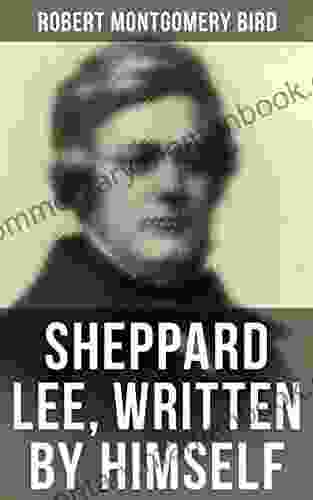
 Kelly Blair
Kelly BlairSheppard Lee Written By Himself: A Journey of...
In the realm of...

 George Bernard Shaw
George Bernard ShawViper Naga Brides: Unveiling the Enthralling Fantasy...
In the realm of...

 Neil Gaiman
Neil GaimanOnce Upon a Hill in Tuscany: A Medieval Short Story
In the heart of medieval...

 Preston Simmons
Preston SimmonsBody Bereft: Exploring Loss, Love, and Legacy in Antjie...
A Poetic Requiem for the Lost:...
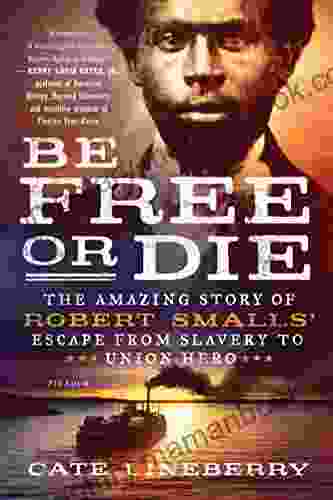
 Percy Bysshe Shelley
Percy Bysshe ShelleyThe Amazing Story Of Robert Smalls Escape From Slavery To...
The life of Robert Smalls is a testament to...
5 out of 5
| Language | : | English |
| File size | : | 8794 KB |
| Text-to-Speech | : | Enabled |
| Screen Reader | : | Supported |
| Enhanced typesetting | : | Enabled |
| Print length | : | 382 pages |
| Paperback | : | 200 pages |
| Item Weight | : | 14.1 ounces |
| Dimensions | : | 5.1 x 0.4 x 7.5 inches |
| Reading age | : | Baby and up |


